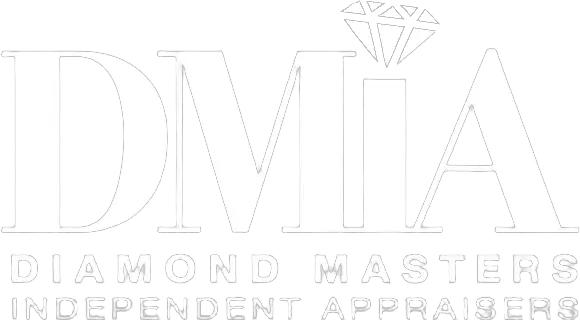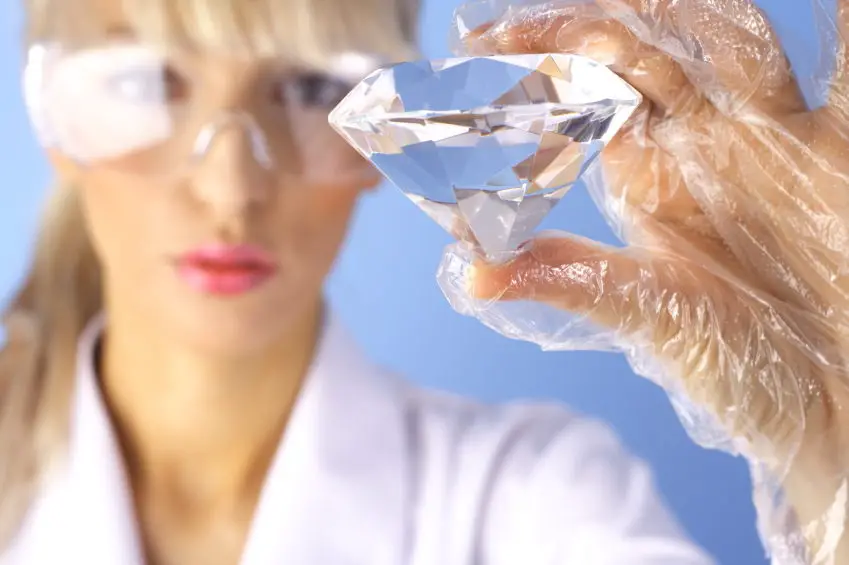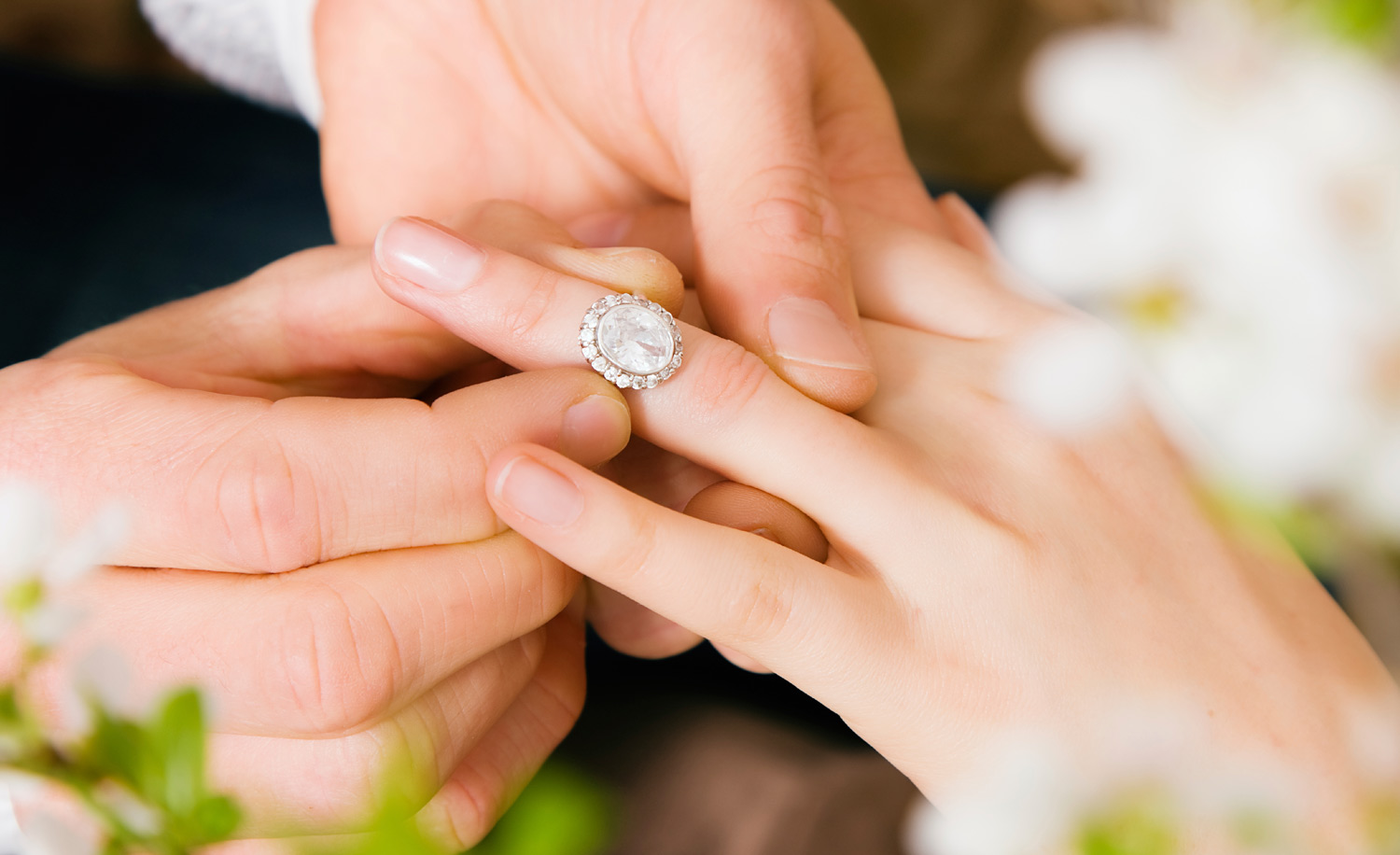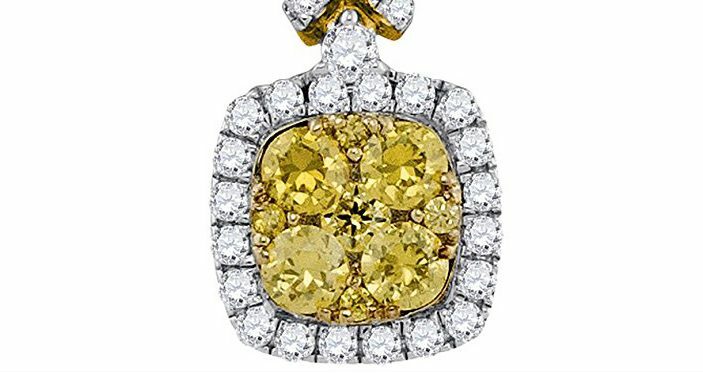Is Diamond Transparent?
Diamonds are very transparent. As they let the light shine through, a diamond’s transparency sparks that brilliant and stunning shine many have come to love.
However, the transparency of a diamond can vary depending on its quality and cut. High-quality diamonds with excellent clarity and cut will exhibit exceptional transparency, allowing for maximum light transmission. Inclusions or impurities within a diamond can affect its transparency. Lower-quality diamonds may have more visible inclusions that hinder their overall transparency.
Some people might be surprised by how much brilliance and sparkle a well-cut diamond can display due to its transparency.
Are Real Diamonds Clear?
Let me explain the difference between the terms transparent and clear a bit further. Some believe transparency and the clearness of a diamond can mean the same thing, but there are differences worth noting. When talking about diamonds and other gemstones, the term “clear” is often referring to the diamond’s clarity whether the stone is transparent and/or if it looks “clean” because of internal “flaws” or blemishes.
This can get a bit confusing but as we move on hopefully it will “clear” things up. Thanks to a diamond’s crystal structure it can have quite a bit of transparency. As far as chemicals are concerned a diamond is made up of carbon but sometimes there are other traces involved at the time the diamond is formed. These traces can make up the impurities people often call dirty or not as clean.
What Makes Diamonds Clear?
The fewer substances around as diamond forms will be what helps it to become clear. For each impurity, it will cause the diamond to appear dirty, cloudy, or just less clear. All this leads to a diamond’s clarity and how this attribute is affected.
This is why lab-created diamonds are typically very clear and transparent. Due to them being in a lab the substances present at the time the diamond is formed can be controlled. Lab-created diamonds can still have their flaws they will just be fewer and farther between. We can look closer at diamond clarity in the next section.
What Is Diamond Clarity?
Diamond clarity simply means the number of natural flaws that are within the stone or surface. This also factors in how big the imperfections are and their placement. Diamonds with many or large flaws will have a lower clarity rating rather than a diamond that has tiny or hard to see flaws.
These tiny or hard to see flaws can be any or all of the following:
- Black Spots
- Crystals
- Lines
More importantly, a diamond can have quite a few flaws which would make it low clarity but still transparent. Even though light can pass through it that is where a cloudy diamond vs a clear diamond comes into play. Sometimes these cloudy diamonds are called “dirty” and here is why.
Cloudy Diamond vs Clear Diamond
A cloudy diamond is the same as a dirty diamond. These gemstones are still diamonds and can still be beautiful however they have impurities that affect their clarity which affects the overall appearance of the diamond. In most cases, this can cause the diamond to appear cloudy, dirty, or even smoky.
Cloudy diamonds can also be caused by normal wear and tear. For example, a diamond ring that has been exposed to grime, soap, or oils can take on a cloudy appearance as well. In some instances cloudy diamonds are not always bad it will greatly depend on the severity of the cloudiness.
A clear diamond will have next to no flaws that are visible. Natural diamonds with little flaws are rare which is why they can be expensive. Lab-created diamonds are easier to achieve transparent and clear clarity because the environment these diamonds are in can be controlled. Even lab-created colored diamonds can have some transparency to them.
What is the difference in Price for Cloudy Diamonds versus Clear Diamonds?
Clear diamonds with good transparency are going to run a bit higher than their cloudy counterparts. If you want to see the differences take a look at this diamond that is considered to be slightly flawed compared to this diamond that has little to no flaws. Both look beautiful but choosing a diamond that is considered more “cloudy and flawed” could save you hundreds to thousands of dollars, especially if you can move past such imperfections.
There are quite a few diamond stores out there that will help you find a deal on a cloudy or imperfect diamond. In some cases, you could save thousands and still have the transparency you are looking for. The expression “finding a diamond in the rough” really applies here, you may have to search for awhile but these diamonds do exist and they are out there. They also look beautiful.
Does Color Affect How Clear A Diamond Looks?
A diamond’s color can affect its transparency by causing it to look dull or less clear but it does not affect its clarity. For example, a diamond with a colored tint can make the diamond less bright affecting light passing through it and highlighting the flaws within causing the diamond to appear dull or cloudy rather than bright and flashy.
Natural diamonds that are colored can look less clear and not very clean. This all depends on how the diamonds gained their color in the first place and what the factors are surrounding its creation.
As for lab-created diamonds artificial coloring can be introduced to turn them into any color they want while maintaining a clear, transparent look. Thanks to science this process has lead to some unique diamonds being crafted with unique colors and styles.
Are Fancy Colored Diamonds Less Clear?
Fancy colored diamonds are a lot like their colorless counterparts. The biggest difference is obviously their color but they are no less beautiful for it. In many ways, a fancy colored diamond is better and can be even more vivid than a white or colorless diamond.
Fancy colored diamonds can suffer from the same flaws normal diamonds can which will affect how clear they are. The more flaws the less clear they will appear. With the color involved in some cases, it can increase the flaws you see. In a proper cut and in the hands of the right jewelers though a fancy colored diamond can appear to be as flawless as any other diamond along with a massive price tag.
These diamonds are sought for their colors more than anything though. They are also graded more on their color rating rather than just clarity and transparency. The deeper colors and hues the more popular these diamonds can be although other variations such as brown diamonds (champagne diamonds) are also becoming popular due to being a bit better on price.
What About Black Diamonds?
Black diamonds can be and are absolutely gorgeous. These stones are also made up of carbon just like their white diamond cousins. The difference comes in on their crystal structure. Black diamonds absorb light that falls onto them which makes their transparency non-existent.
Even created in a lab you would be hard-pressed to find a black diamond that lets too much light transfer through it. Natural black diamonds tend to appear opaque whereas lab-created black diamonds are usually some other color and through an artificial treatment are turned black.
Can You See Through a Diamond?
Seeing through a diamond and its transparency are two different things. A diamond’s transparency is only how much light it allows through it. In most cases, a diamond will be transparent.
To see through a diamond is a lot harder. Provided the diamond is real its internal crystal structure will refract light in different directions, not a straight line. Although technically you cannot see through the diamond you can still see everything the diamond reflects.
You can actually test to see how real a diamond is by using this knowledge. If you take a diamond and place it on or try to read a newspaper you should not be able to read the letters or even really see them. You will still be able to see some things but if the letters are clear or even blurry the diamond is fake. This is the best test for loose diamonds.



